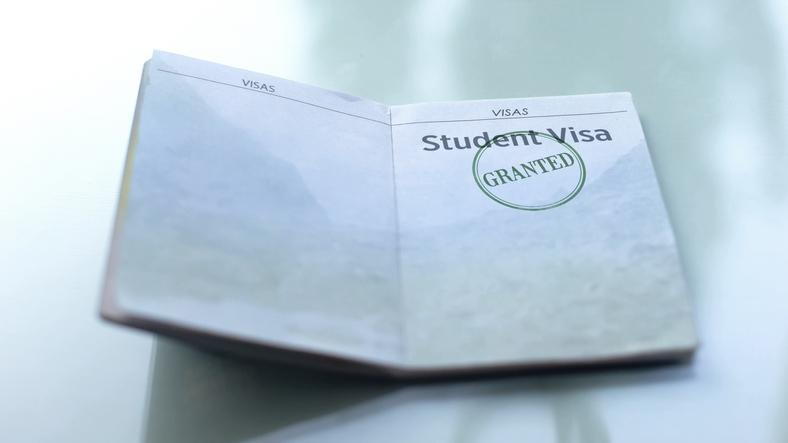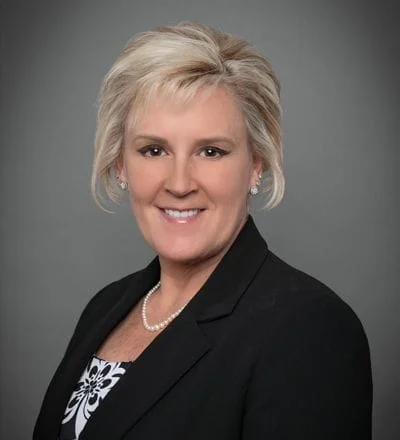
- posted: Nov. 15, 2021
In 2020, shutdowns in government services related to the COVID-19 pandemic triggered an 87 percent drop in visas granted to international students. But now, as U.S. consulates and embassies in more countries have reopened, more students, both new and returning, should be able to acquire visas.
If you want to pursue your education in the U.S., there are several steps you’ll need to complete to get a student visa.
First, you will need an acceptance letter from a school certified by the Student and Exchange Visitor Program (SEVP). The school will issue you a Form I-30, which confirms your admission to the school and therefore your eligibility to apply for a visa. It also describes the educational program you are authorized to undertake.
After receiving the I-30, you will need to confirm which type of student visa you need. There are two categories:
- F-1 — This is issued to students pursuing academic degrees or attending English language programs.
- M-1 — This is for students attending a technical or vocational school.
To qualify for either of these visas, you must:
- Live outside the U.S. when you apply for the visa
- Be proficient in English or be enrolled in courses leading to proficiency
- Have proof of sufficient financial resources to pay for your educational and living expenses in the U.S.
Next, you must complete an online application (Form DS-160) and then schedule an interview at a U.S. embassy or consulate. The U.S. Department of State recommends scheduling your interview in the country where you live, since it can otherwise be more difficult for consular officials to conduct the necessary background checks. After the interview you will be informed of the outcome and, if successful, you will be issued your visa. Your spouse and/or minor children may be able to obtain F-2 or M-2 visas to accompany you.
Once you are admitted to the U.S. on your student visa, you are subject to certain restrictions:
- You must stay enrolled in a full-time student program as defined in your I-30.
- You can work part-time on-campus. However, except for practical training, you cannot work off-campus without authorization from the S. Customs and Immigration Service (USCIS).
- Transferring to a different SEVP-certified school requires obtaining a new I-30 and working with the new school’s foreign student advisor.
As you near completion of your program, you may be able to apply to USCIS to change your visa status to one that allows full-time employment in the U.S.
If studying in the U.S. is your dream, the education law attorneys at Pullin, Fowler, Flanagan, Brown & Poe, PLLC can help make it a reality. We handle visa applications and related issues for students seeking to attend schools in West Virginia or elsewhere in the U.S. Schedule a consultation by calling 304-344-0100 or contact us online.



















